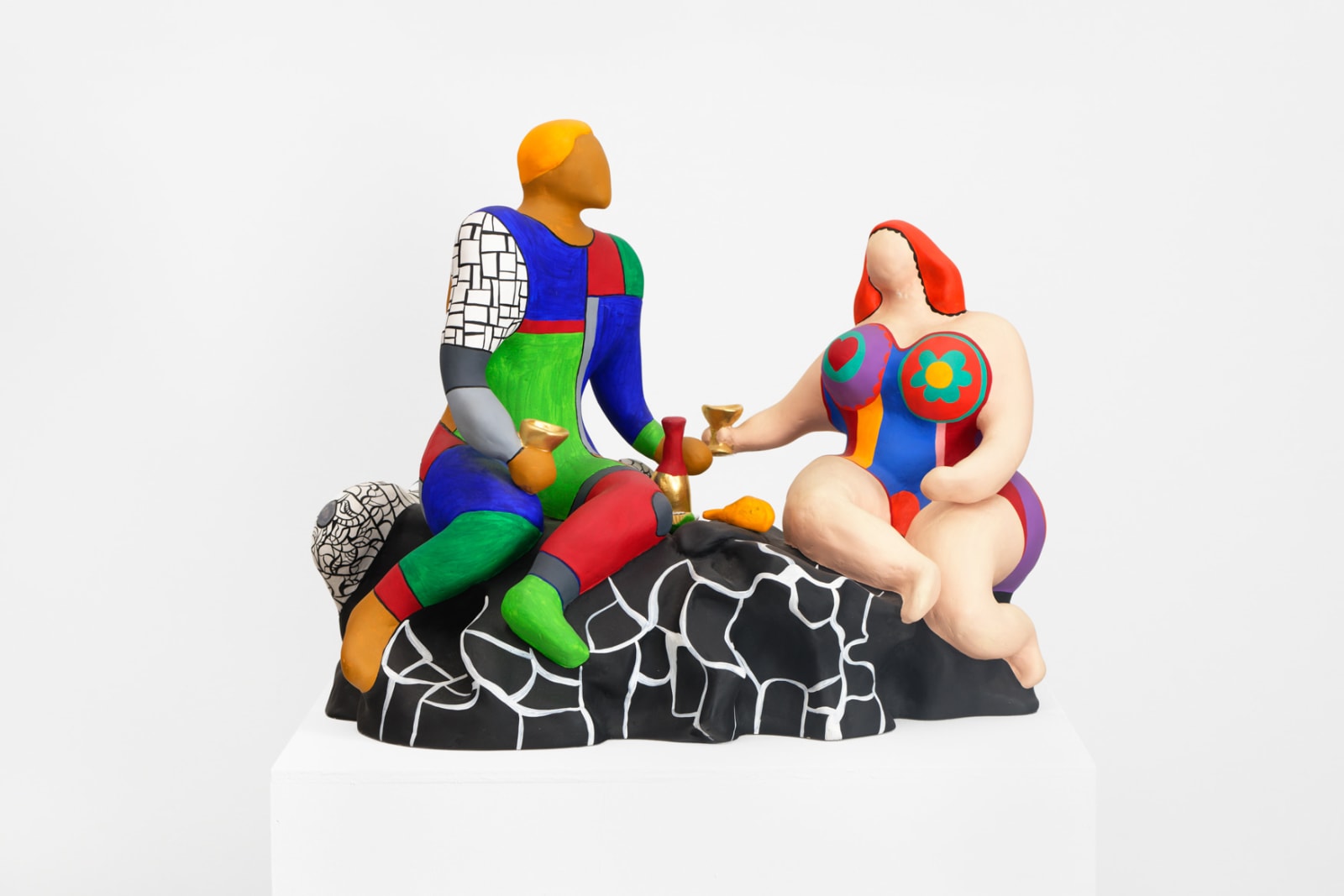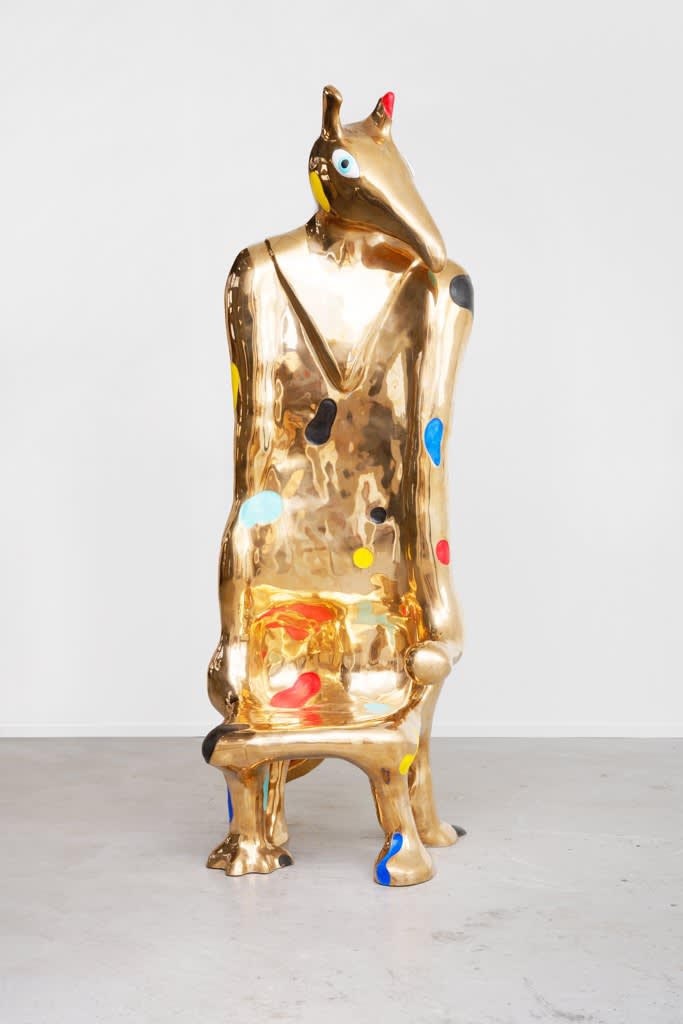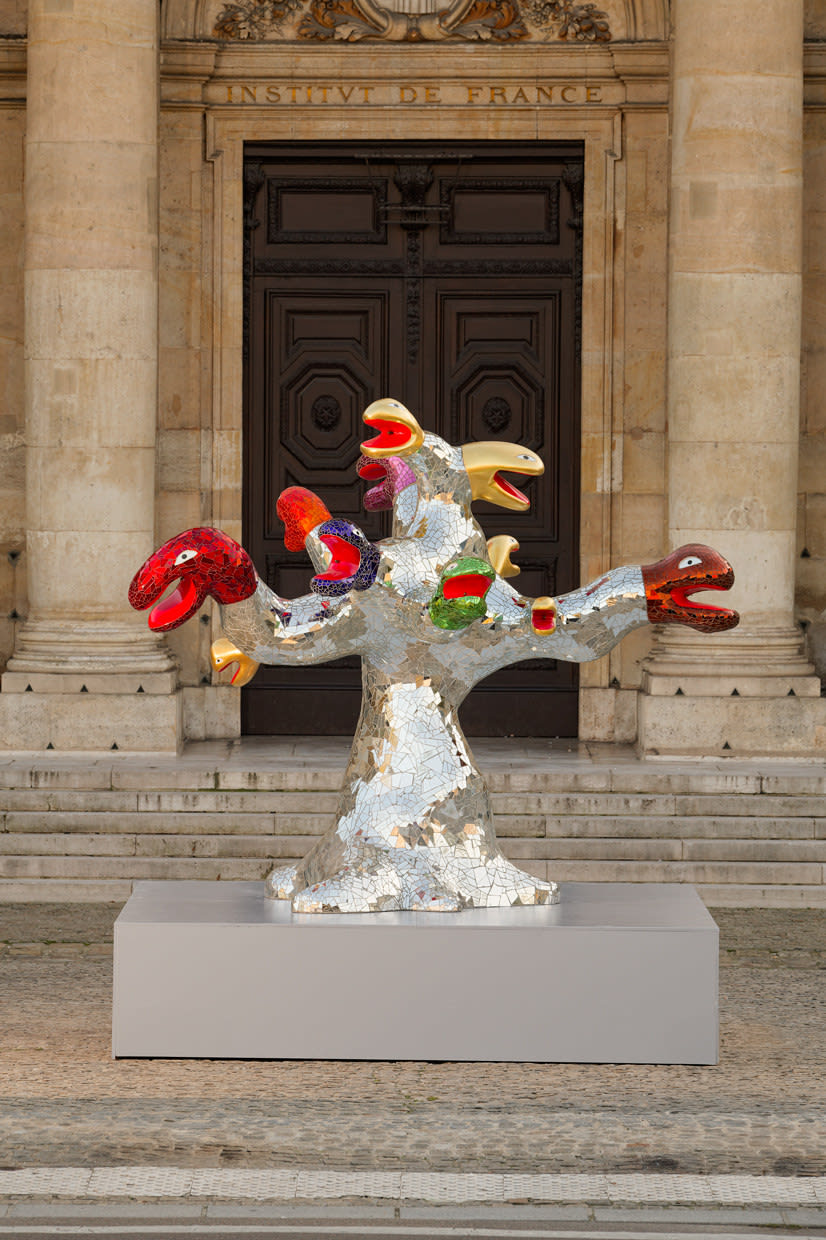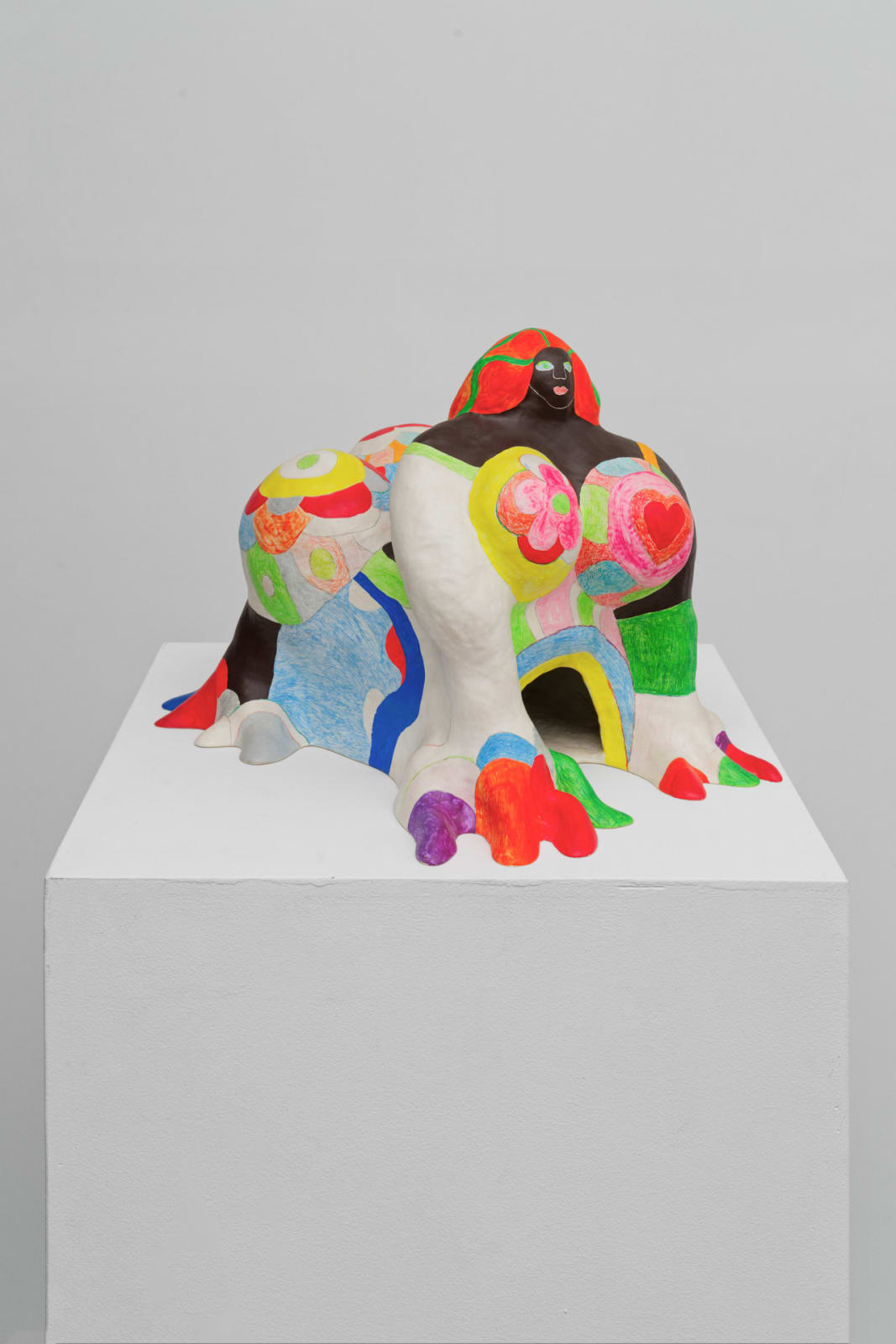Niki de Saint Phalle: Mythology
Mitterrand is pleased to present a new exhibition of works by Franco-American artist Niki de Saint Phalle from June 6 to July 26, 2025, in both its Paris galleries.
Entitled Mythology, this exhibition brings together works from the 1960s to 2000 and explores the artist's iconography and the symbols that underlie it. The Nanas remain Niki de Saint Phalle's emblem, but many other figures populate her work. Whether animals, monsters or hybrids, her figures often derive from mythology and tend towards a double meaning.
The snake in particular occupies a central role in Niki de Saint Phalle's work. A recurring motif in the artist's bestiary since the 60s, it is at once associated with sin and new life, a savior animal but also a cursed beast, its omnipresence calls for a form of transcendence of the violence of nightmares and traumas. She recalls: “I was born terrified of snakes. Snakes are imbued with a bewitching mystery. At the zoo, I loved trembling in front of them. To me, they represented life, an indomitable primitive force. By making snakes myself, I was able to turn my fear of them into joy. Through my art, I learned to tame and harness these creatures that terrorized me.” [1]
Drawn from various mythological traditions, Niki de Saint Phalle's subjects are imbued with a rich and abundant symbolic imagination. Her work conjures up references to Greek, Egyptian and Christian legends, as well as figures associated with esotericism. These multiple iconographies nourish a singular dreamlike universe, within which the artist gradually fashions her own mythology.
For Niki de Saint Phalle, mythology becomes a tool for reappropriation: she revisits ancient tales to offer a personal reading. By redefining popular myths, she makes them a reflection of her own intimate experience and preoccupations, while infusing them with new meanings. Her work tackles major themes such as women's emancipation and the fight against injustice.
The Tarot Garden, built in Italy from 1979 to 1993, is a tangible embodiment of Niki de Saint Phalle's mythological universe. Inspired by Gaudí, the gardens of Bomarzo and the Palais du Facteur Cheval, Niki de Saint Phalle has assembled 22 monumental sculptures representing the major arcana of the Tarot of Marseille. Each work, both architectural and sculptural, incarnates an aspect of her personal vision of the world, combining symbolism, spirituality and reflection on the human condition.
Some of the works presented at the gallery are scale models of the monumental works in the Tarot Garden. These include the Snake Tree (1988), The Hanged Man (1988) and Adam and Eve (1985).
Nature, dragons, monsters and the animals of my artistic imagination
kept me in touch with my childhood emotions.
In me, the child and the artist are inseparable. [2]
Niki de Saint Phalle’s work is currently on view at the Caumont Centre Art and will also be featured, starting June 20, in the exhibition Niki de Saint Phalle, Jean Tinguely, Pontus Hultén, a co-production by the Centre Pompidou and the Grand Palais.
Born on October 29th, 1930 in Neuilly-sur-Seine, Niki de Saint Phalle enjoyed her first retrospective at the Pompidou Centre, Paris in 1980. Recently, her work has been exhibited at the Grand Palais in Paris in 2014, at MoMA PS1 in New York in 2020, and at the Menil Collection in Houston and at the MCASD in San Diego in 2022. Her works are included in some very prestigious museum collections: the Pompidou Centre, Paris; Musée d'Art Moderne in Paris; Moderna Museet, Stockholm; Tate, London; Hirshhorn Museum and Sculpture Garden in Washington D.C.; the MoMA, New York; the Whitney Museum of American Art, New York, among others.
-

Le sursaut d'un marché décrypté par son galeriste, Jean-Gabriel Mitterrand
Béatrice de Rochebouët, Le Figaro, June 23, 2025 This link opens in a new tab. -

Pleins feux sur Niki de Saint Phalle
Philippe Régnier, The Art Newspaper, June 23, 2025 This link opens in a new tab. -

Emancipation créatrice
Caroline Brun, Challenges, June 19, 2025 This link opens in a new tab. -
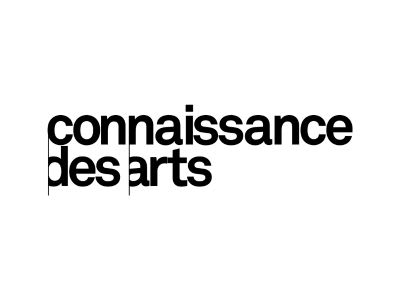
Exposition gratuite à Paris: à la rencontre des créatures fantastiques de Niki de Saint Phalle
Lucien Chancel, Connaissance des Arts, June 19, 2025 This link opens in a new tab. -

Niki de Saint Phalle, le retour en force d'une femme puissante
Judith Benhamou, Les Echos, June 12, 2025 This link opens in a new tab. -

5 expositions incontournables et gratuites à voir dans les galeries parisiennes en ce moment
Malika Bauwens, Beaux Arts, June 9, 2025 This link opens in a new tab. -

Au jardin des Tarots à Capalbio, le royaume de Niki
Aude Giger, Point de Vue, June 6, 2025 This link opens in a new tab. -
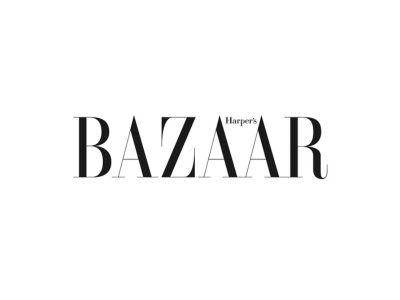
Le jardin secret de Niki de Saint Phalle
Salomé Mathieu, Harper's Bazaar, June 1, 2025 This link opens in a new tab. -

Monstres sympathiques
Eric Jansen, L'Eventail, June 1, 2025 This link opens in a new tab. -
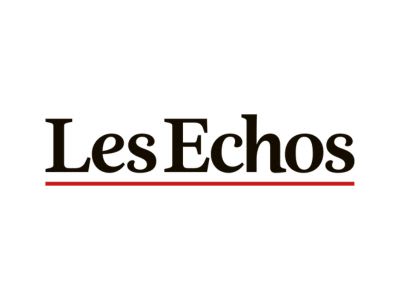
De Saint Phalle à Chillida, échappées printanières
Pierre de Gasquet, Les Echos, May 30, 2025 This link opens in a new tab. -

Mythologie, la signature de Niki de Saint Phalle à la Galerie Mitterrand
Annie Marche, Allures, May 15, 2025 This link opens in a new tab. -

La joya oculta de los monumentos italianos: un jardín con gigantes figuras del tarot construido durante 25 años
Ianko López, El País, May 10, 2025 This link opens in a new tab.
